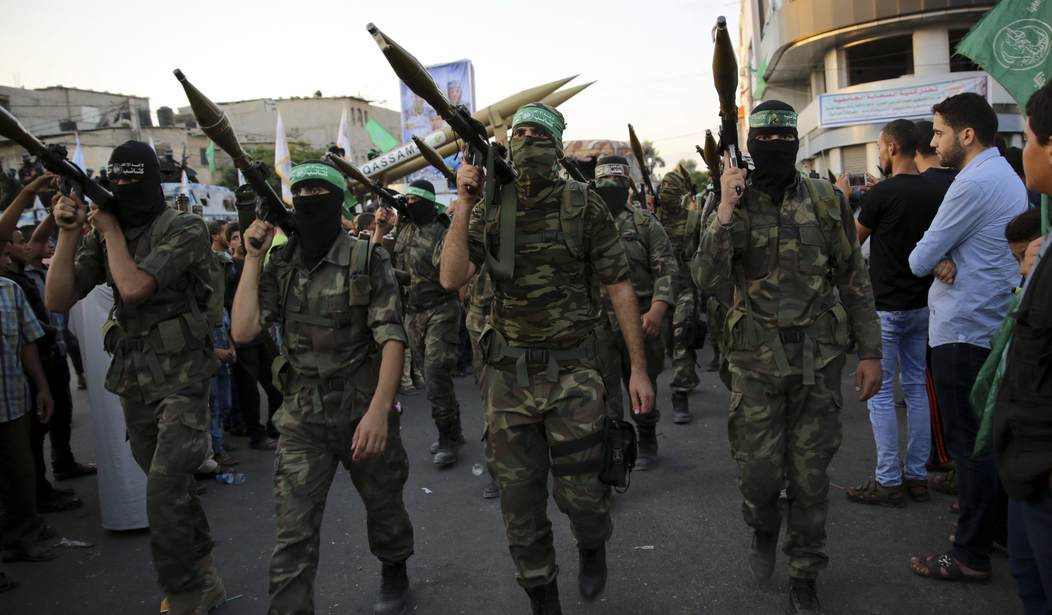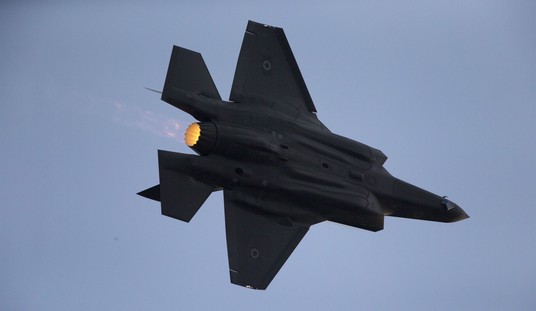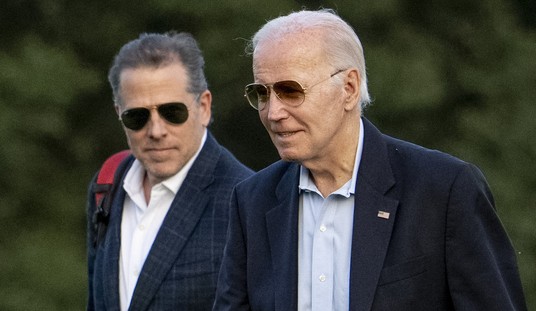On a winter river bank, a scorpion approaches a frog. “Mr. Frog, would you carry me across the river?” “Do you think I am crazy, Mr. Scorpion? You could sting me and kill me.” “But why would I sting you, when I would drown as a result?” “Hmmm. Maybe.” “Be reasonable, Mr. Frog. Would I act against my own interests?” “Alright, climb on my back and I will swim across.” Halfway across, the scorpion stings the frog. Just as he becomes paralyzed and starts to sink, the frog says, “Mr. Scorpion, why did you do that. Now you will drown.” The scorpion shrugs, and says, “Because, Mr. Frog, this is the Middle East.”
The Middle East is a place where doing harm and being cruel to others is regarded as a virtue and a duty. Middle Easterners see their world as a zero-sum game in which there are winners and losers. They believe that others conspire to advance their own interests, so each must conspire to protect his own against the conspiracies of others. Middle Easterners see their political environment as a war of all against all, with only their closest friends as potential allies.
There are two main forms of political organization in the Middle East: tribes and pre-modern states. Tribes are the heritage polities in the region. They are regional security organizations, based on families, extended families, tribal sections, tribes, and tribal confederations. Emphasizing group equality, decentralization, and autonomy, group relations are based on “balanced opposition,” with each group balanced against others of the same size and genealogical position. Tribesmen are obliged to always support their own group, which anthropologists call “collective responsibility,” and to ally with genealogically closer groups against those more distant, labeled “complementary opposition.” Balanced opposition means that no small group ever faces a large one, because genealogically close groups unite against outsiders. This balanced tribal structure thus has built-in deterrence against aggression, each group knowing that opposing groups will unify to respond, tribal conflict therefore being mitigated.
If groups within the tribal system are balanced against one another, guaranteeing some degree of peace and safety, populations outside of the tribe, especially peasants and merchants, were considered fair game. Three major sources of outside income for Middle Eastern tribal peoples were protection racket extortion of neighboring peasants, slave raiding among more distant peasants, and livestock raiding of distant tribes. For example, the Yarahmadzai tribe of Iranian Balochistan, with which I resided for twenty-seven months of ethnographic research, historically, up to 1928, regularly raided Persian peasant villages in Narmashir County of Kerman Province, to the northwest. They carried off everything of value: jewelry, carpets, grain, livestock, and captives that they put to work in cultivation or sold off to the south. Slave raiding and slavery were a normal part of life in the Middle East. The Turkmen tribes of the northeast of Iran extorted the Persian peasants to the south of them, gaining regular “protection” payments, and slave raiding more distant Persian peasants, sending captives to the slave markets in Khiva, Bukhara, Samarkand, and Tashkent in Central Asia.
Pre-modern states were largely the creation of military thugs who captured a peasant population and lived off of it by extracting taxes. Pre-modern cities were primarily administrative centers and military camps, rounded out by religious authorities who theologically rationalized state rule, and craftsmen who provided goods for the small elite. More than ninety percent of the populations were peasants living on the land. In addition to being required to pay taxes they could ill afford, peasants also saw their sons drafted into the military. Pre-modern states tended to be expansionistic, for very practical reasons. Because the technology and level of production were so low, the easiest road to wealth was taking wealth away from other people. Expansion allowed the state to encompass a greater tax-paying population. And expansion allowed the enslavement of foreign populations, thus providing free, uncompensated labor for state projects and state officials. Slavery was common among the many early Middle East empires, as it was for ancient Greece and Rome. The Arab Islamic Empire beginning in the seventh century c. e. collected vast bodies of slaves from India to Iberia, commonly rewarding officials and warriors with domestic and sex slaves. Slaving in southern Europe and Africa was common under the Arabs and later the Ottomans, and continues in some Arab countries today.
These may be modern, or even postmodern times, but Middle East states remain pre-modern states, with military thugs having captured peasant populations. There are totalitarian theocracies, such as Iran, despotic kingships such as Saudi Arabia, Jordan, and Qatar, and military dictatorships such as Syria, Egypt, and Lebanon. No Middle East or North African country, other than Israel, is a democracy. Furthermore, Islamic supremacism and jihadism are official ideologies of some Middle East states, such as Shia Iran, Wahhabi Saudi Arabia, and increasingly Turkey. Supremacist movements such as the Muslim Brotherhood are powerful in Egypt and Palestine, but are sometimes suppressed under military dictatorships. Religious conflicts, such as between Sunni and Shia, and ethnic conflicts, such as between Arabs and Turks, Arabs and Persians, Persians and Kurds, Persians and Turks, Turks and Kurds, flare up from time to time as they have over the past millennia. Identity tends to be exclusionary rather than inclusive. Borrowed ideologies, such as Arab socialism, had little impact on these basic problems.
Middle Eastern states may not be modern, but their oil money buys military equipment that they are not shy about using on others. The recent territorial Caliphate of the Islamic State, which expanded through a large part of Syria and Iraq, was a Sunni imperialism aimed at Shia and quasi-Shia power centers, and against non-Muslim populations, which it gleefully slaughtered and enslaved. Although American air power and special forces expertise, supported by Kurdish boots on the ground, destroyed the I. S. territorial Caliphate, its offshoots have spread throughout the region and continue their depredations on behalf of Sunni supremacism. Iran is the totalitarian champion of Shia supremacism and has spread its forces through Iraq, Syria, and Lebanon in order to impose its power and to use its proxies against its designated enemies, Sunnis and the United States and Israel. Neo-Ottoman Turkey advances into Europe via immigration jihad, and into the neighboring countries of Syria and Iraq through military invasion, and now into Libya through an alliance with one of the factions. Saudi Arabia continues to spread its malign extremist Wahhabi ideology through the funding of religious centers around the world.
Middle Eastern culture remains relentlessly premodern. The Middle Eastern economy is based upon petroleum, discovered by Westerners, refined with Western technology, and bought and used by modernized states. The Middle East produces very little, importing almost all modern products. It is totally dependent on modern states outside the region for the trappings of modernity. Furthermore, in all of the Arab states, there is not one distinguished university, and education is generally religious and political propaganda. The scientific contribution, judged by peer-reviewed articles and citations, is negligible, the entire Arab region being outstripped by Finland and also Spain. The only modern educational and scientific establishment is in tiny Israel, which has proven to be a powerhouse in science and medicine.
The history of the West is full of premodern states, slavery, and ethnic and religious conflicts. None of these are unique to the Middle East. The European feudal regimes, the divine right of kings, the English civil war, the constant wars between France and Britain, and the repeated wars between Catholics and Protestants with their countless slaughters, all illustrate the slow evolution of the modern liberal state and the great human cost of premodern patterns. It is true that serious failures in Europe led to devastating world wars, and that some states betrayed their mandate with fascism. Even in advanced societies, it is difficult to make anything straight out of the crooked lumber of mankind. However we view the Middle East, we in the West have a lot not to be smug about.
Of course, cultural relativists will tell us that we cannot judge the Middle East or any culture other than our own. Yet everyone everywhere does judge across cultural boundaries, both internal and external. It is nonsense to expect otherwise. Even more absurd, we are told that “all cultures are equally good,” when we know that by any criterion cultures can be ranked as to the better and the worse. If we judge by adherence to Islam, Middle Eastern countries are better and Euro-American countries are worse. If we judge by democracy, individual freedom, and government transparency, Euro-American countries are better and Middle Eastern countries are worse. This is not news; the United Nations Arab Human Development Reports spell this out in great detail.
The bottom line is that, based on our Western values, the Middle East is a nasty region, and it is unrealistic to expect it to become anything else in the foreseeable future. The policy implications are that Westerners would act strongly and decisively against aggression by Middle Eastern countries, but avoid invasions and long term occupations. The current American strategy of economic sanctions, special forces, and air power is the wisest approach.








Join the conversation as a VIP Member